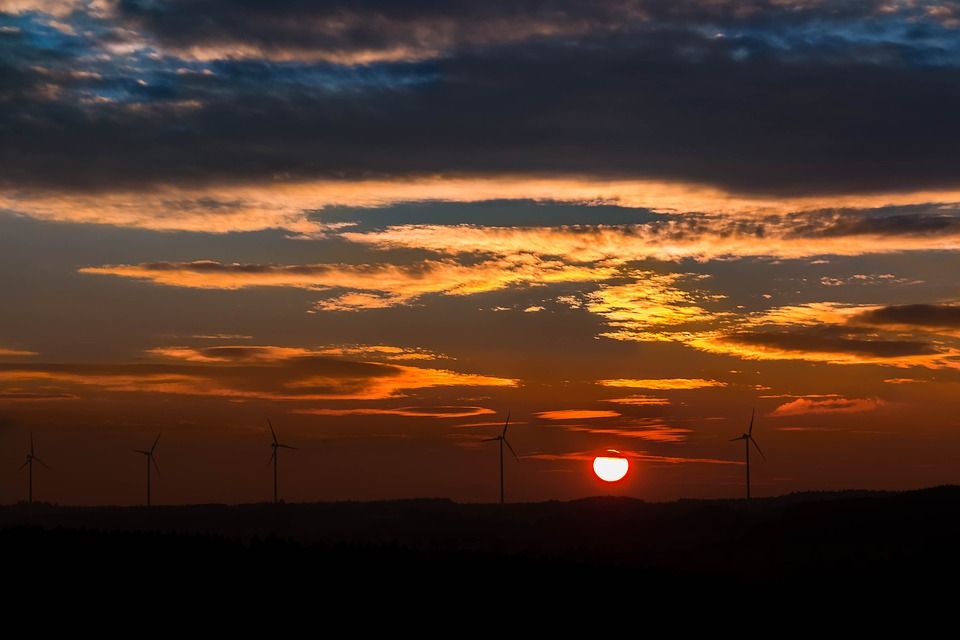Renewable electricity to surpass energy demand in Africa by 2030
Africa’s vast potential for renewable energy could outstrip the continent’s projected electricity demand in 2030, according to new research

Africa’s vast potential for renewable energy could outstrip the continent’s projected electricity demand in 2030, according to new research.
The paper, “Strategic siting and regional grid interconnections key to low-carbon futures in African countries” maps the potential for new wind and solar farms in 21 African countries.
At present, Africa has the lowest per capita electricity consumption in the world.
A report from the World Bank Group and the International Energy Agency (IEA) states that the speed of electrification in Africa is failing to keep pace with a rapidly rising population.
The report details that of the 1.06 billion people across the world who still lack access to electricity, 45 per cent reside in Rural Africa – with a further 10 per cent spread across African cities.
According to the Sustainable Energy For All Forum, just 37 per cent of Africa’s population had access to electricity in 2014.
Africa has huge untapped resources for renewable energy – namely wind and solar power.
Well-chosen sites coupled with interconnectors that allow resources to be shared within and between countries could enable Africa’s rapidly growing electricity demand to be met with renewables at a similar cost to conventional fossil fuel generation, according to the authors of the paper.
Energy demand in Africa is expected to grow exponentially; the study forecasts that for an area encompassing 50 per cent of Africa’s population, the collective demand will exceed 1,000 terawatt-hours (TWh) by 2030 – almost triple the figure for 2010.
The declining costs of wind and solar has already fuelled growth in renewable energy generation in a number of African countries.
In Kenya and Ghana, the levelised cost of wind power is already roughly equal to hydropower.
To expand the adoption of renewable energy throughout the continent, the paper’s authors developed a tool to map the best available new sites for solar and wind power in 21 different countries: Angola, Botswana, Burundi, Djibouti, Democratic Republic of Congo, Egypt, Ethiopia, Kenya, Lesotho, Libya, Malawi, Mozambique, Namibia, Rwanda, South Africa, Sudan, Swaziland, Tanzania, Uganda, Zambia, and Zimbabwe.
According to the analysis, the maximum potential for wind and solar power across all 21 nations surpasses the estimated electricity demand in 2030 by at least a factor of two.
The results indicate that Djibouti, Libya, Swaziland and Tanzania will be able to meet 30 per cent of their demand with accessible, low-impact, and cost-effective wind sites.
Similarly, Botswana, Ethiopia, Lesotho, Sudan, Tanzania, Uganda and Zimbabwe could meet 30 per cent of their projected 2030 demand with domestically-produced solar photovoltaic (PV).
However, for Angola, the Democratic Republic of Congo, Egypt, Kenya, Libya, South Africa and Zambia meeting 2030 targets will “require investing in transmission extensions to access lower-cost PV resources or importing from neighbours”.
The news follows the announcement of Facebook and Microsoft's collaboration with investment firm Allotrope Partners and more than a dozen implementing partners and observers to develop an innovative facility to finance energy access projects in India, Indonesia and East Africa.
The new Microgrid Investment Accelerator (MIA) seeks to mobilise around $50 million from 2018 to 2020 in order to reach those communities across the globe living without access to electricity.
In North Africa, the Tunisian government has announced it plans to invest $1 billion towards the installation of 1,000 megawatts (MW) of renewable energy in 2017 – while in Algeria the government is set to launch a tender for the construction of large-scale solar photovoltaic (PV) projects totalling 4 gigawatts (GW).
To receive similar updates, sign up to our free newsletter here.


